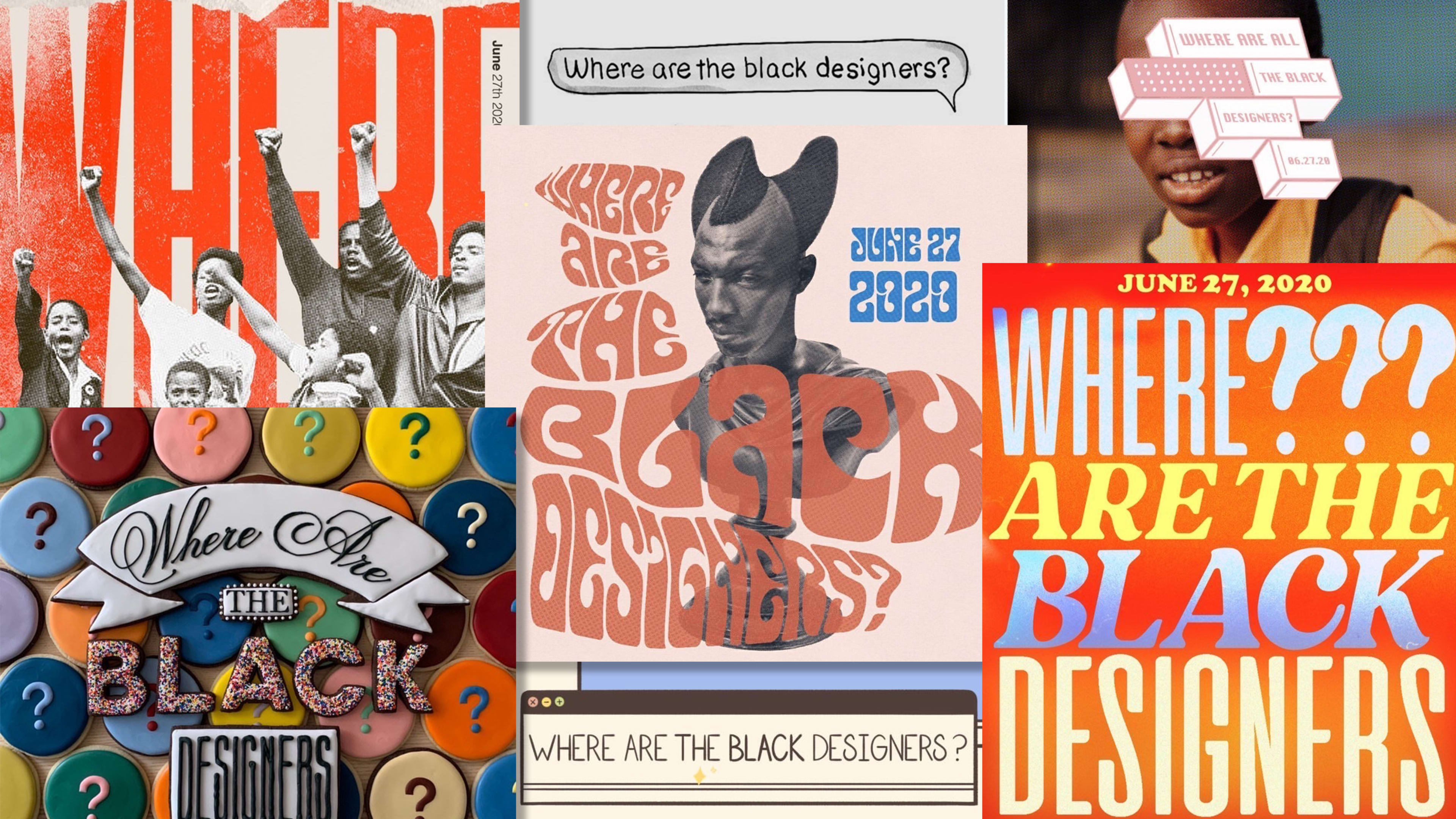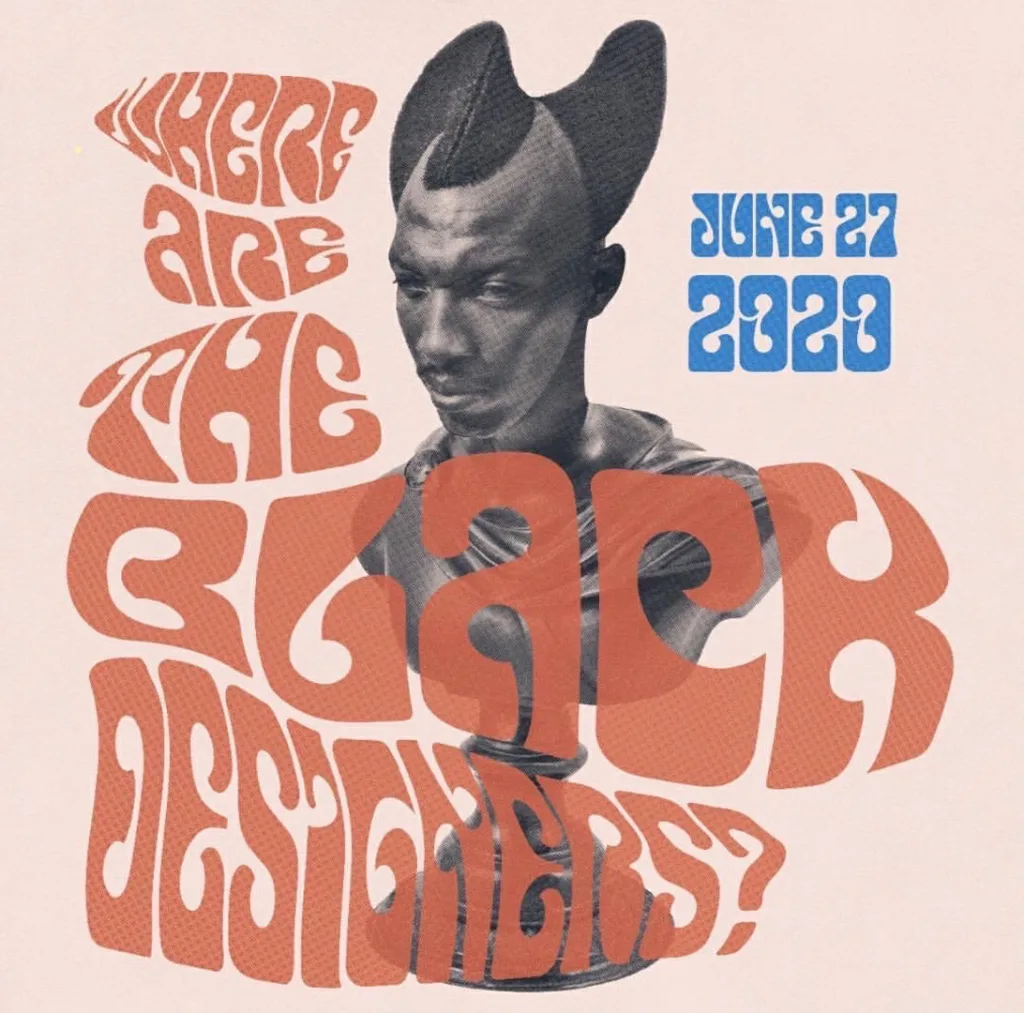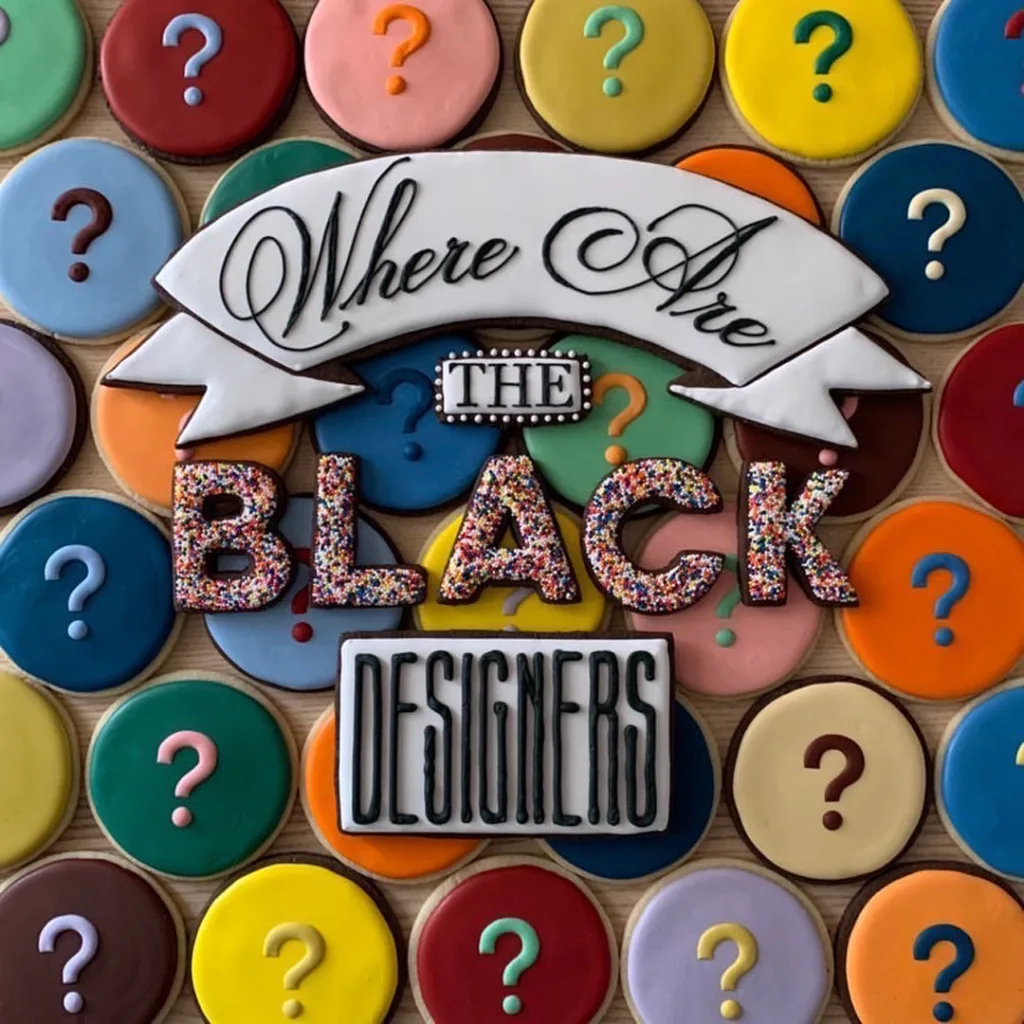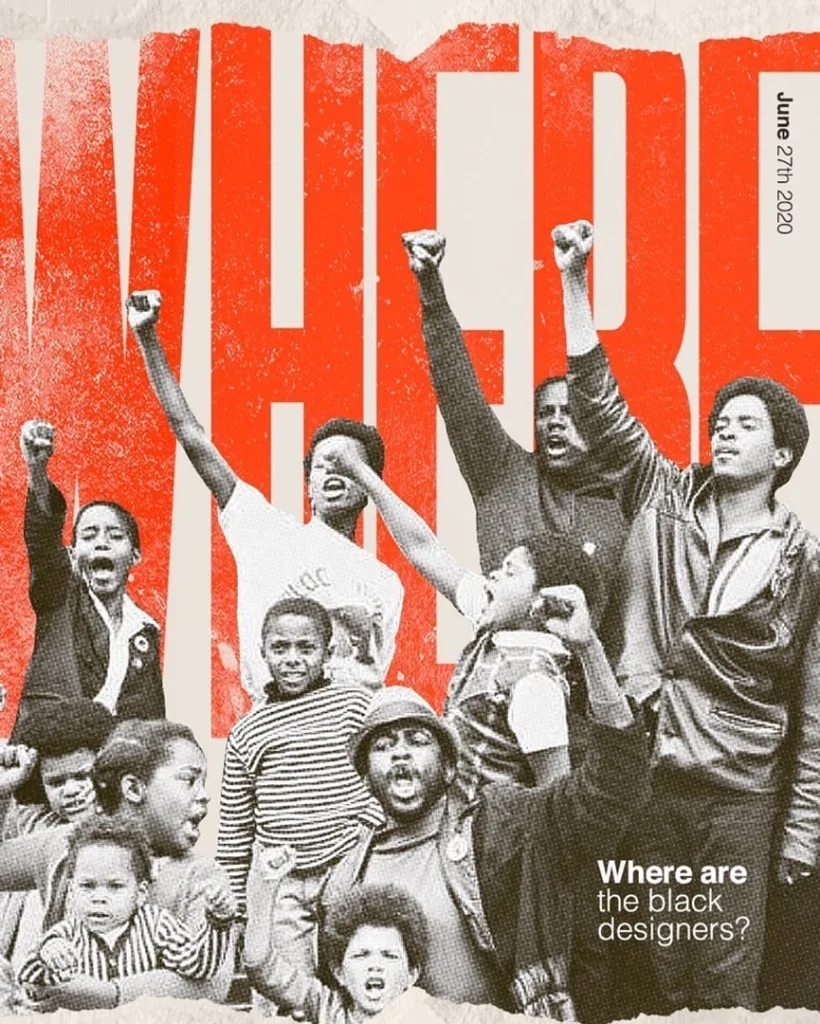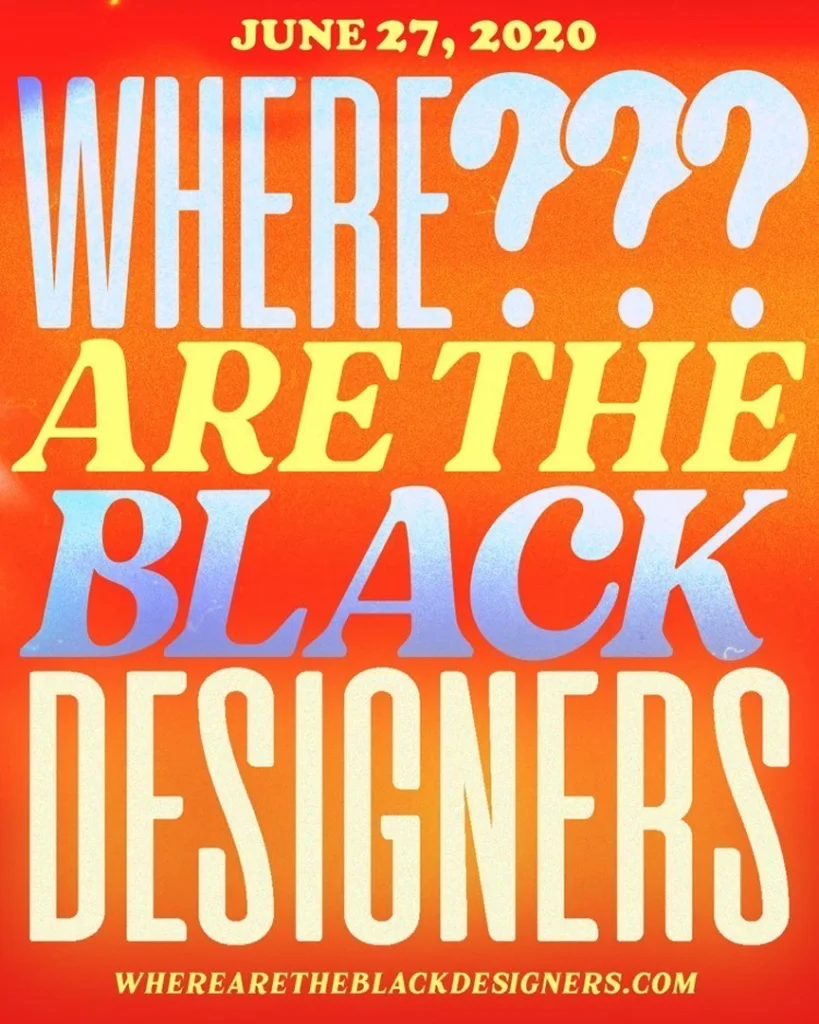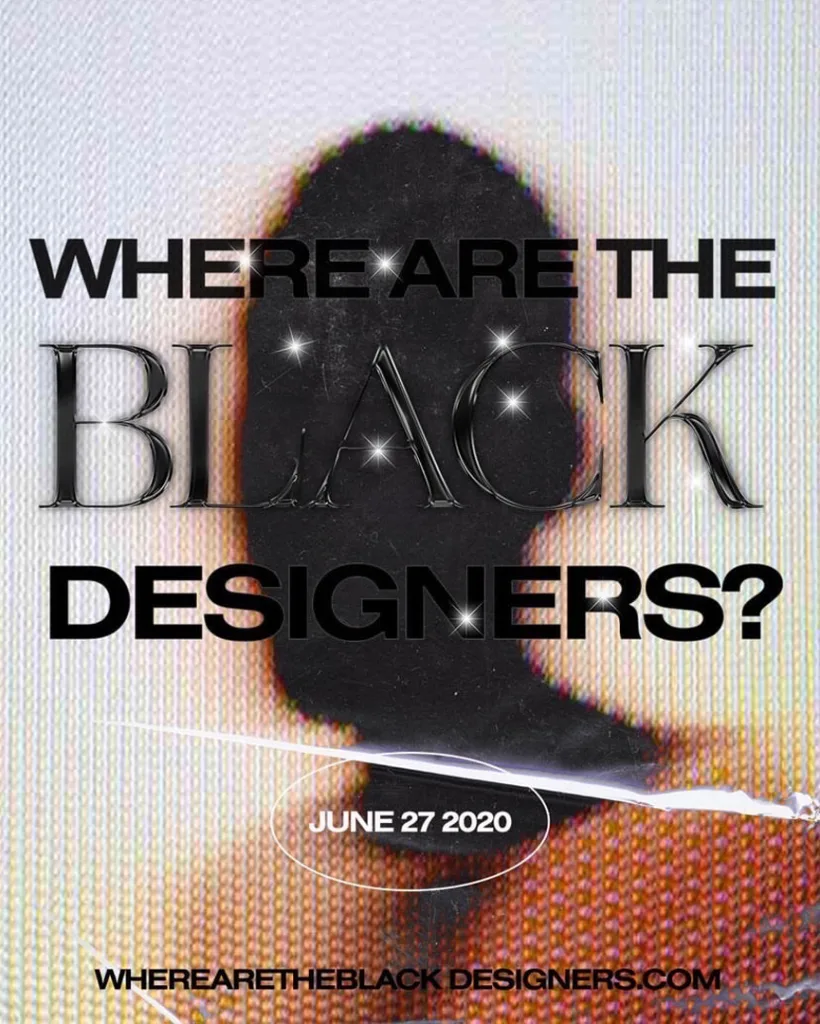It seemed just about every company out there posted a black square on social media for a day of solidarity called #BlackoutTuesday in the wake of George Floyd’s death. The collective action was supposed to express solidarity with the Black Lives Matter movement, but it read as disingenuous at best, a cop-out at worst, and it showed how little design thought went into responding to one of the biggest civil rights movements in decades. “I was like, okay, enough is enough,” says UX designer Mitzi Okou. “You can’t really say you stand against racism when you not hiring Black people contributes to the racial injustice.”
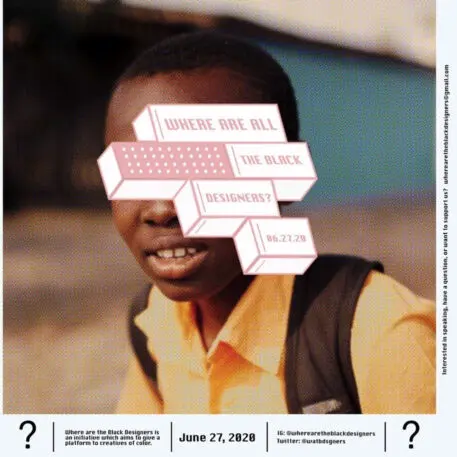
Their initiative, called Where Are the Black Designers?, launched June 5 to create a platform for “badass Black creatives and other creatives of color that can speak to the problem and offer solutions and demand what to do next,” Okou says. The aim is to bring creatives together as changemakers in a racist system, and to tackle issues of diversity and BIPOC representation within design and tech in a tangible way. The initiative kicks off with a conference tomorrow June 27, and will be addressing a stark statistic: Just 3% of designers self-identify as Black, according to the most recent AIGA Design Census.
The makeup of the design industry has implications for everyone. Designers construct the products and services consumers interact with on a daily basis. They created the phone you’re glued to all day. They built the park you walk by and the apartment building you live in. So if the vast majority of those designers are white, the systems they create are only “user-centered” for people like them; they are created from a perspective of white privilege.
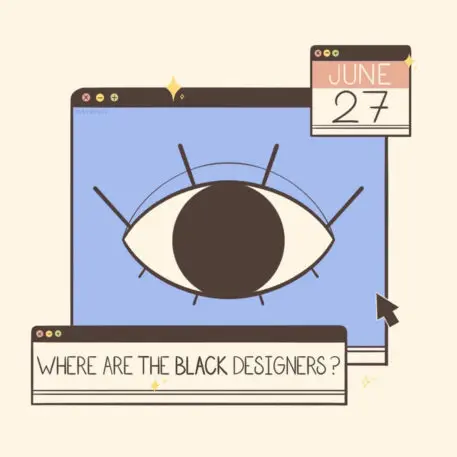
But the line of questioning goes back even further, to the “OG,” as Okou describes her, on the subject of Black representation in design. That’s Cheryl D. Miller, who wrote the article “Black Designers: Missing in Action” in 1987 for Print magazine. In it, Miller called out the fact that Black design students and emerging designers face the same challenges as their white peers—competition, accepting criticism, asking questions with confidence—in addition to a range of additional difficulties, in order to become qualified. Those often included, according to Miller: Limited financial resources; lack of emotional support from parents when pursuing a design education; feelings of isolation from being one of few people of color in an industry dominated by white peers; and a lack of professional mentors, networks, and opportunities.
The idea of a design canon itself is fraught, and based in Eurocentric pedagogy stemming from the “international style,” a term used to describe the aesthetic of the early modern design movement percolating out of the Bauhaus in Germany and Le Corbusier in France. For an international movement, the vast majority of designers who worked in that style were European. Stateside, the American response to these design movements would come to be known as mid-entury modernism. There are more design “heroes” than you can name from that design movement.
That Eurocentric viewpoint, or really, white viewpoint, is why the impact of designers like Charles Dawson, Aaron Douglas, LeRoy Winbush, Emory Douglas, and Emmett McBain have been too-often relegated to the margins of design history rather than given their due. Dori Tunstall, dean of design at the Ontario College of Art and Design and a speaker at Saturday’s conference, has lectured extensively about a concept that would help break this mold—decolonizing design. What does that mean, exactly? Recognizing that the conventional notion of “good” design is seen through a predominantly white, male, Eurocentric gaze. That often puts the focus on—you guessed it—white male designers, and makes design itself an oppressive system. By decolonizing the practice, you give voice and space to previously excluded points of view.
Okou experienced this interpretation of design history firsthand. “I found myself asking this question when I was at school,” says Okou. “This question first started when I was sitting in class and learning about the history of graphic design and I remember I was very aware that we were only talking about white designers. I remember I got excited because in one of my graphic design classes my teacher mentioned one Black designer in the sea of white designers that we were talking about, and he glossed over it so fast I don’t even remember who it was. And that was it. In my mind I was like, that’s it? There’s no way he’s the only person. That was the first kind of like—oh, where are these Black designers?”

She continued to notice the problem when she started going to hackathons, and when she started a fellowship at IDEO in collaboration with Berklee College of Music. She kept being one of few Black designers in the room. “It wasn’t me questioning the fact that there aren’t any Black designers, because I knew they were out there,” says Okou. “The question was more toward the spaces I was working in. Why am I the only one in this space? That’s not okay.”

Recognize your brand’s excellence by applying to this year’s Brands That Matter Awards before the early-rate deadline, May 3.
